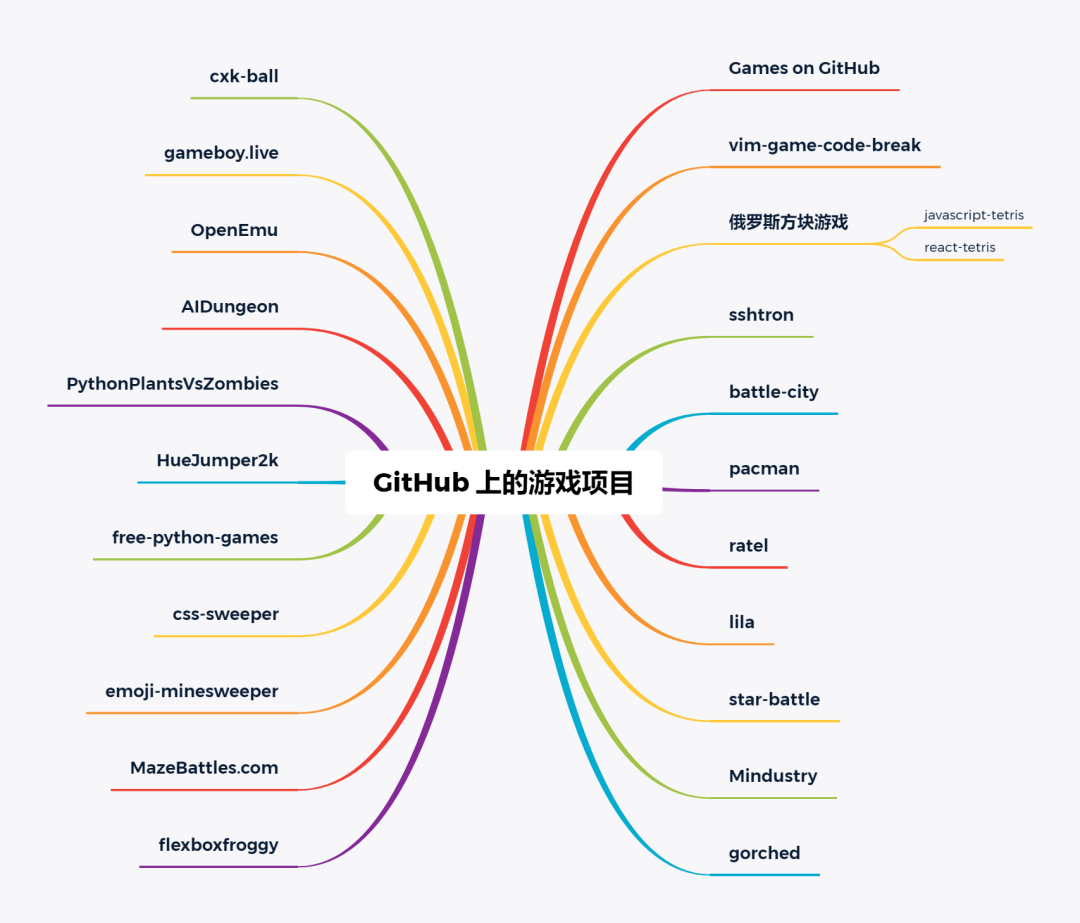I have a few tests with WebBrowser control wrapped with MessageLoopWorker as described here: WebBrowser Control in a new thread
But when another test creates user control or form, the test freezes and never completes:
[Test]
public async Task WorksFine()
{
await MessageLoopWorker.Run(async () => new {});
}
[Test]
public async Task NeverCompletes()
{
using (new Form()) ;
await MessageLoopWorker.Run(async () => new {});
}
// a helper class to start the message loop and execute an asynchronous task
public static class MessageLoopWorker
{
public static async Task<object> Run(Func<object[], Task<object>> worker, params object[] args)
{
var tcs = new TaskCompletionSource<object>();
var thread = new Thread(() =>
{
EventHandler idleHandler = null;
idleHandler = async (s, e) =>
{
// handle Application.Idle just once
Application.Idle -= idleHandler;
// return to the message loop
await Task.Yield();
// and continue asynchronously
// propogate the result or exception
try
{
var result = await worker(args);
tcs.SetResult(result);
}
catch (Exception ex)
{
tcs.SetException(ex);
}
// signal to exit the message loop
// Application.Run will exit at this point
Application.ExitThread();
};
// handle Application.Idle just once
// to make sure we're inside the message loop
// and SynchronizationContext has been correctly installed
Application.Idle += idleHandler;
Application.Run();
});
// set STA model for the new thread
thread.SetApartmentState(ApartmentState.STA);
// start the thread and await for the task
thread.Start();
try
{
return await tcs.Task;
}
finally
{
thread.Join();
}
}
}
The code steps-in well except return await tcs.Task; never returns.
Wrapping new Form into the MessageLoopWorker.Run(...) seems to make it better, but it does not work with more complicated code, unfortunately. And I have quite a lot of other tests with forms and user controls that I would like to avoid wrapping into messageloopworker.
Maybe MessageLoopWorker can be fixed to avoid the interference with other tests?
Update: following the amazing answer by @Noseratio I've reset the synchronisation context before the MessageLoopWorker.Run call and it now works well.
More meaningful code:
[Test]
public async Task BasicControlTests()
{
var form = new CustomForm();
form.Method1();
Assert....
}
[Test]
public async Task BasicControlTests()
{
var form = new CustomForm();
form.Method1();
Assert....
}
[Test]
public async Task WebBrowserExtensionTest()
{
SynchronizationContext.SetSynchronizationContext(null);
await MessageLoopWorker.Run(async () => {
var browser = new WebBrowser();
// subscribe on browser's events
// do something with browser
// assert the event order
});
}
When running the tests without nulling the sync context WebBrowserExtensionTest blocks when it follows BasicControlTests. With nulling it pass well.
Is it ok to keep it like this?

